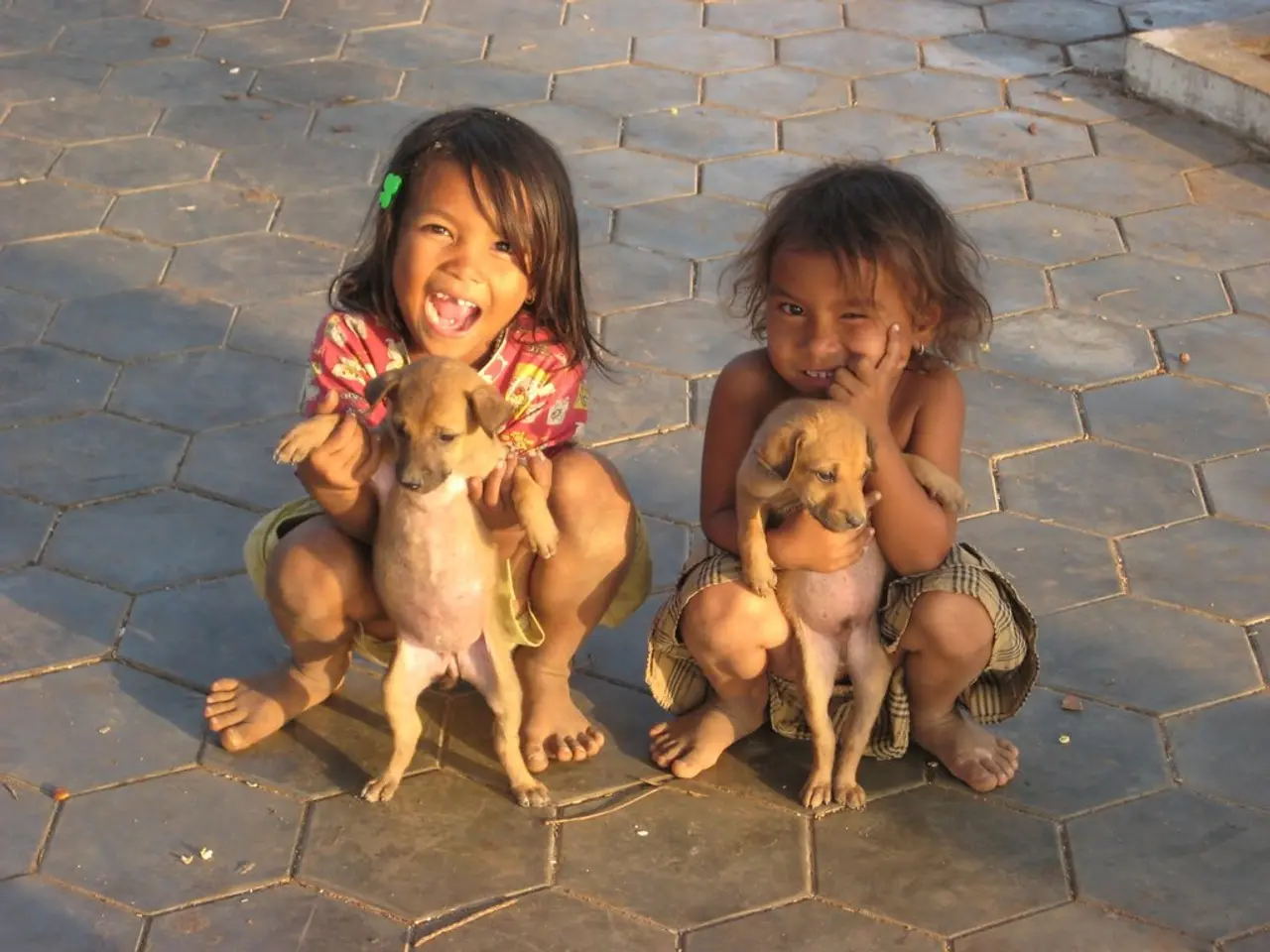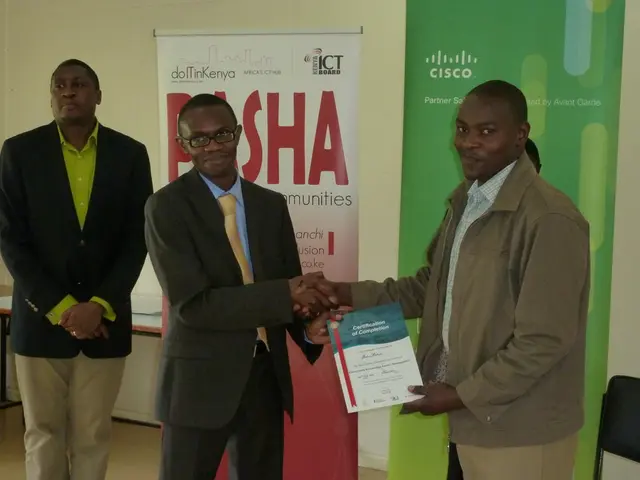U.S. Pediatric Study Confirms Safety and Effectiveness of Rabies Treatment for Children
In a groundbreaking development, a new study has shown that KEDRAB® (HRIG150), a treatment used in the prevention of rabies for patients age 17 and under, is safe and effective when administered promptly and properly as part of the rabies post-exposure prophylaxis (PEP) process.
The study, published in the prestigious journal, Human Vaccines & Immunotherapeutics, is the first and only pediatric trial of any human rabies immunoglobulin (HRIG) currently available in the US. The results have been submitted to the U.S. Food and Drug Administration for review.
According to the study, conducted by author Jennifer L. Goldman, no participant showed an active rabies infection, and there were no deaths or serious adverse events. This is a significant finding, given that once clinical symptoms appear, rabies is virtually 100% fatal.
Rabies is a deadly disease most commonly transmitted through a dog bite. In the United States, someone is treated for possible exposure to rabies every 10 minutes. Globally, the World Health Organization (WHO) estimates that rabies causes 59,000 human deaths annually in over 150 countries. The WHO also estimates that 40% of the global rabies disease burden occurs in children under 15 years of age.
Taylor & Francis Group, a leading publisher partnering with researchers, scholarly societies, universities, and libraries worldwide, has provided local expertise and support to the editors of Human Vaccines & Immunotherapeutics, ensuring the dissemination of knowledge across various fields, including Medicine. Taylor & Francis Group has offices in Oxford, New York, Philadelphia, Boca Raton, Boston, Melbourne, Singapore, Beijing, Tokyo, Stockholm, New Delhi, and Cape Town.
For interviews or further details about KEDRAB, please contact Kedrion Biopharma: Forrest McCaleb ([email protected]) or Sheila A. Burke ([email protected], 1-484-667-6330). For press and media inquiries, Simon Wesson can be reached at [email protected].
The current treatment for previously unvaccinated people potentially exposed to rabies is the rabies PEP, which includes wound washing, HRIG infiltration, and a series of rabies vaccines. With the promising results of this study, KEDRAB could potentially offer a more effective and safer option for treating rabies in children.
While rabies in humans is extremely rare in the US, with around two deaths on average per year, this study marks a significant step forward in the fight against this deadly disease, particularly for children who are most vulnerable. The embargo on this study lifts on [insert date], and the article can be accessed freely via the link: https://www.tandfonline.com/doi/full/10.1080/21645515.2020.1854000.




